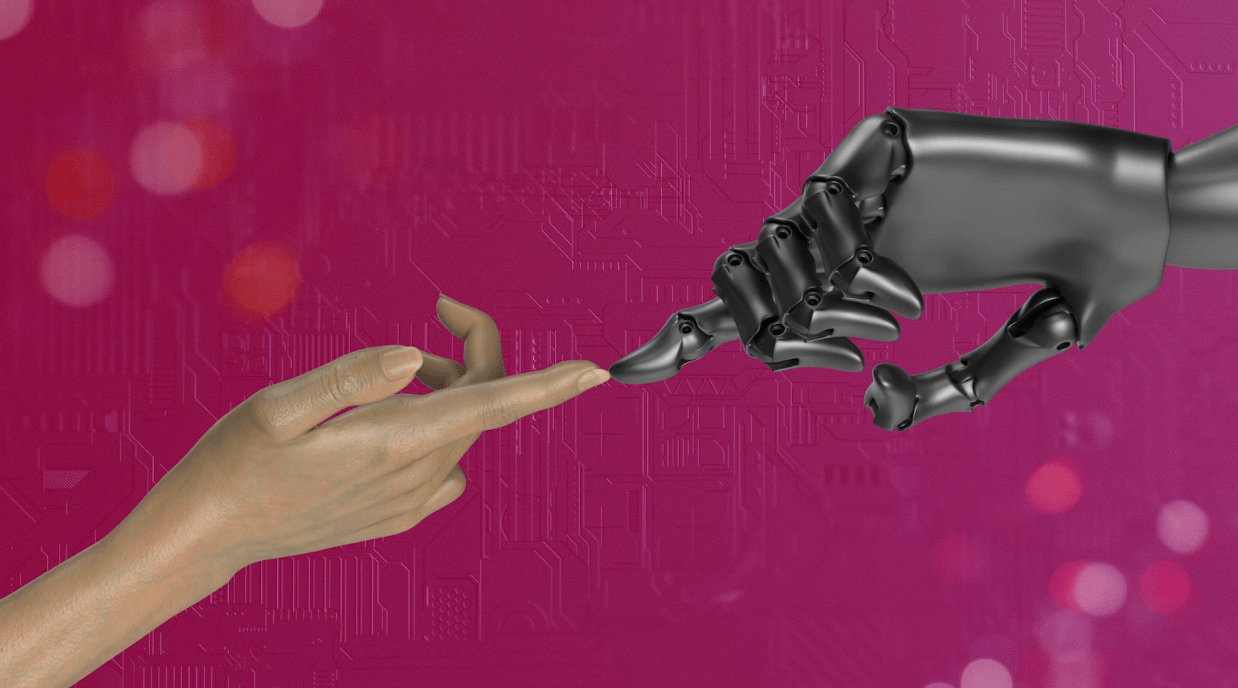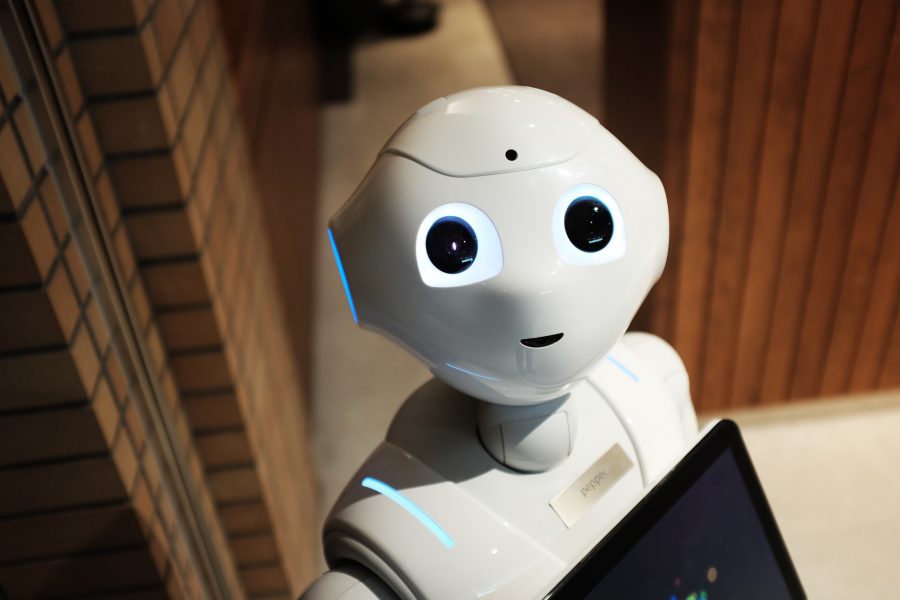Humanity has long entered the era of electronic technology, and this is especially applicable to cars and everything connected with them. In the modern world, you can easily pick up a car just by clicking on the link, while car systems are equipped with a huge set of helpful functions. This fact suggests that all electronic gadgets are extremely firmly established in the life of a modern person, but unfortunately they give only imaginary control in many situations.
The fact is that many drivers face the same problem – they start to trust the car excessively, and transfer responsibility for their safety to assistants, mistakenly believing that the devices installed on them can prevent a serious accident.
However, this is a big mistake! Modern electronic technologies haven’t yet reached the capacities and functionality of the human brain, although they are developing very rapidly.
In addition, it’s not a secret that the technique sometimes doesn’t work perfectly. Even if the car is equipped with extremely sensitive reliable sensors, it may still cause an unexpected failure.
Therefore, we need to be extremely attentive on the road and don’t trust completely the seemingly perfect and super-intelligent assistants…
Lane Keeping Assist
This system uses cameras to see the roads and keep your car on one of the lanes. Theoretically, this system can be completely autonomous, but also, as in the case described above, not everything is so easy.
https://flic.kr/p/9KKmu5
(photo by Raymond Yu)
However, if you are too confident about the effectiveness of this system, then it’s likely that Lane Keeping Assist will be able to send you to a ditch or to a passing car in the next tens of kilometers.
This safety system relies solely on one thing – these are white and yellow lines on the asphalt. In order to do its job well, the assistant needs to see them, and where the lines are erased and not visible, then there will be no sense to turn on this system at all. So don’t be distracted by your phone when you turn on Lane Keeping Assist – be careful and control the situation on the road.
This type of assistant is really effective only in an ideal environment where the lanes are marked correctly or additional sensors are mounted into the asphalt, along which your car will see the right direction, even if the road is covered with snow.
Adaptive Cruise Control
Cruise control system has several forms: intelligent cruise control, radar cruise control and adaptive cruise control. But, in fact, all these versions do the same thing – keeping the car at a fixed speed, traveling behind the vehicle in front, keeping a safe distance.
(photo by Gilbert Sopakuwa)
On some vehicle models, this system can brake down the car to a full stop, depending on what happens in front of you. At such times, the driver’s task is to steer, adjusting deviations.
At first glance, the system seems to be almost independent, but certain problems may occur anyway. Heavy rain, fog or snowfall contribute to the deterioration of the capabilities of the system and can lead to an accident under certain scenarios.
Of course, in addition to this assistant, some cars have a collision warning system, which will first warn the driver about impending danger, and in the extreme case, apply automatic braking if the driver doesn’t respond in time.
However, the normal operation of the sensors of the system can be impaired by their pollution, so even if you use cruise control, you should always remain attentive.
Blind Spot Monitoring
This device uses sensors or cameras installed under each of the external rear-view mirrors that continuously scan the driver’s blind spot. On many cars, this unpleasant effect of the blind spot doesn’t completely protect you when changing the traffic lane.
(photo by Fotochoice Photography)
The algorithm of operation is extremely simple: if a car is nearby in the blind spot, then the sensor that has been triggered will notify the driver by illuminating pictogram on the corresponding mirror. But there can be some exceptions. On the road there are situations in which the sensors won’t be able to work properly.
Suppose the car is moving quickly behind you, and then, at the last moment, changes the lane. In such a situation, the sensors may not show the presence of a vehicle in the blind spot in case you want to change your lane.
Moreover, some systems still haven’t learned to detect motorcyclists and cyclists on the street. Of course, we don’t say that these devices are absolutely useless, but you should pay attention and monitor your surroundings, even if the warning icon doesn’t light up.
Some luxury cars are equipped with a system of active monitoring, which returns the car back to its lane if it notices something in the blind spot. However, even this system is not able to absolutely get rid of the problems.
Pedestrian Detection
Pedestrian detection systems are usually correlated with collision avoidance systems. Cameras and sensors located on the car constantly monitor the road in front of the car and the sidewalk. In case the pedestrian suddenly appear in front of the car and the driver doesn’t have time to avoid collision, the brakes are automatically activated and the car stops.
Unfortunately, this is the ideal conditions. But what if a kid runs out onto the road and the system won’t see him, what will happen then? Almost 100% you can be sure – the car will kill him, the only question is at what speed.
Although the system will react faster than a simple driver, the car has a stopping distance. Therefore, don’t violate the rules, and don’t exceed the speed – only in this case, this electronic assistant can make your car safer for pedestrians.





























Leave a Reply